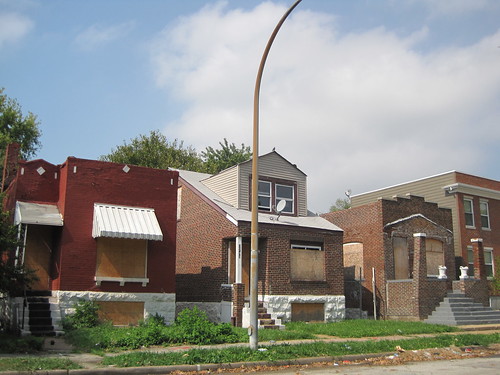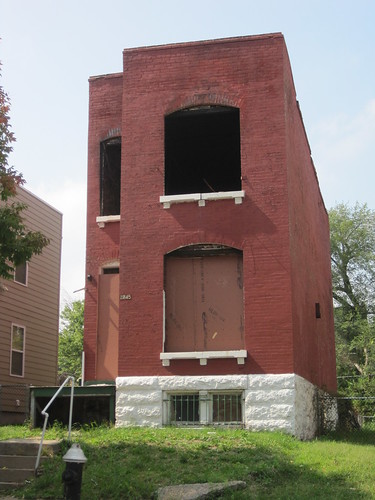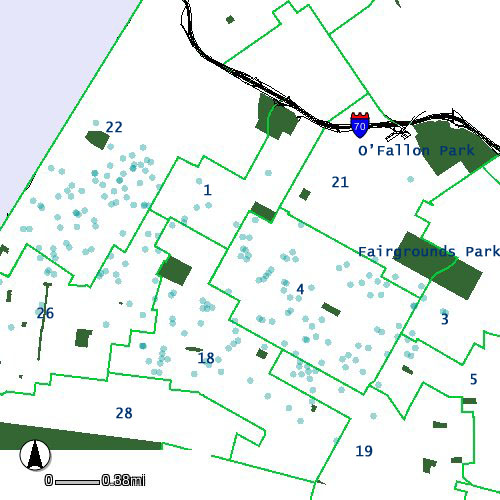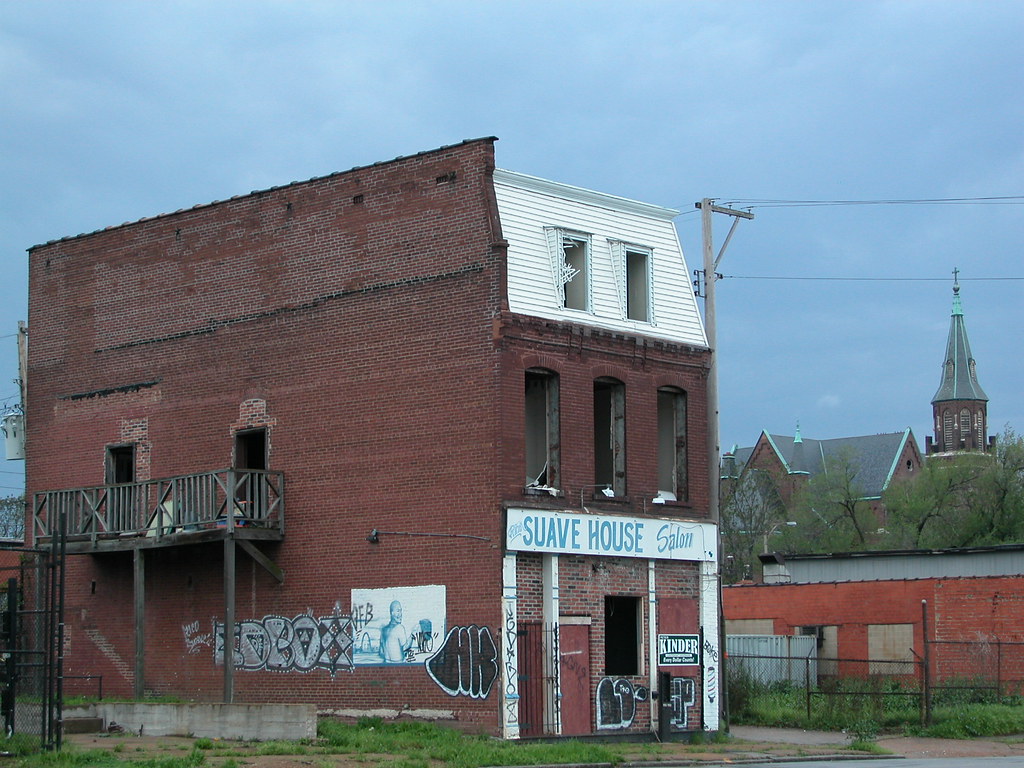by Michael R. Allen
Public policy has a tremendous impact on the chance that historic buildings have for survival. St. Louisans know well how many buildings are still standing, gloriously rehabilitated, because of the Missouri historic rehabilitation tax credit adopted in 1998. Many remember what happened to rehab efforts here when the 1986 federal tax act removed the major federal rehabilitation tax credit. Some of us have concerns about the impact of the Distressed Areas Land Assemblage Tax Credit Act, which was passed in 2007 to encourage large-scale urban development without any preservation safeguards.
Two bills recently introduced in the U.S. Congress offer smart policy changes that could help us save thousands of historic buildings in St. Louis and communities across the nation. In Missouri, we have had an inverted policy situation where our state’s laws are more helpful to preservation efforts than the federal laws. In most states, however, it’s the other way around — and the federal laws are very restrictive, with no practical use to homeowners and small developers. That could change if we work to pass these bills.
Historic Homeowners Revitalization Act (HR 3670)
U.S. Representative Russ Carnahan (D-MO) has long been a supporter of changing federal laws to adopt preservation policies that benefit homeowners instead of just developers. On September 29, our hometown Congressman introduced the Historic Homeowners Revitalization Act (HR 3670), which has already gained 28 co-sponsors. Here’s a run-down of the changes it would make to the existing federal historic rehabilitation tax credit:
Representatives William Clay (D-MO) and Ike Skelton (D-MO) are among the co-sponsors, which include a few Republicans. We need to get all of Missouri and Illinois’ representatives on board!
Community Restoration and Revitalization Act (H.R. 3715 and S. 1743)
On October 1, Senators Blanche Lincoln (D-AR) and Olympia Snow (R-ME) introduced the Senate version of the Community Restoration and Revitalization Act (S. 1743) and Representative Allyson Schwartz (D-PA) and Pat Tiberi (R-OH) introduced the House companion (H.R. 3715). This bill provides a nice companion to Carnahan’s measure.
The Community Restoration and Revitalization Act would amend Section 47 of the U.S. Tax Code to do the following:
The Community Restoration and Revitalization Act has only one Senate co-sponsor (Snowe, since only one senator can be a sponsor) but 44 House co-sponsors. The Missouri and Illinois delegations need to sign on to this one too — only Representative Carnahan and Illinois Representatives Jerry Costello (D) and Danny Davis (D) have signed on.
Time to make calls and send letters to your representatives and our senators. Forget bailouts and giant projects. In this recession, the real economic stimulus we need is to widen the amount of money accessible to every citizen that stays at work renewing our homes, shops and communities.
More information on both bills, including full text, is available on the Preservation Action website.






